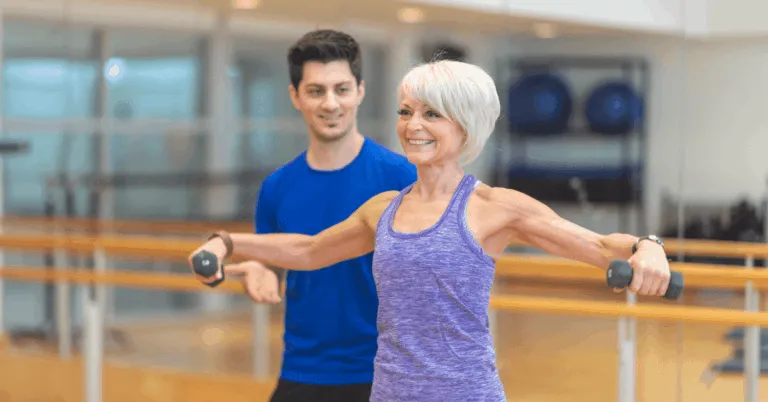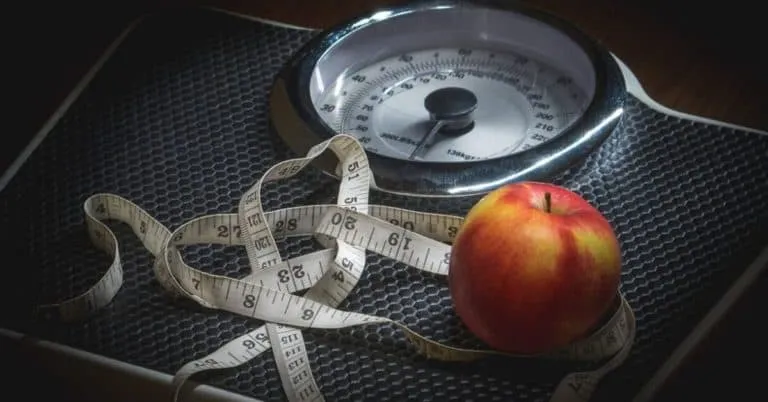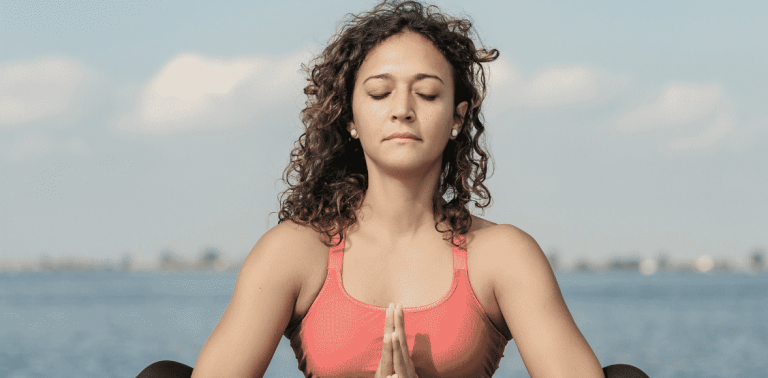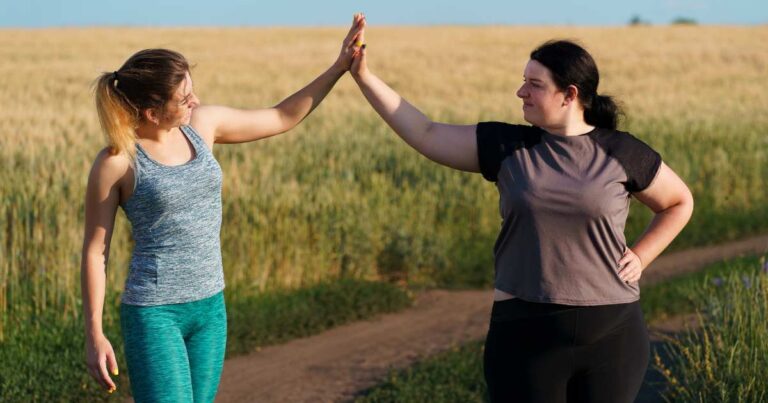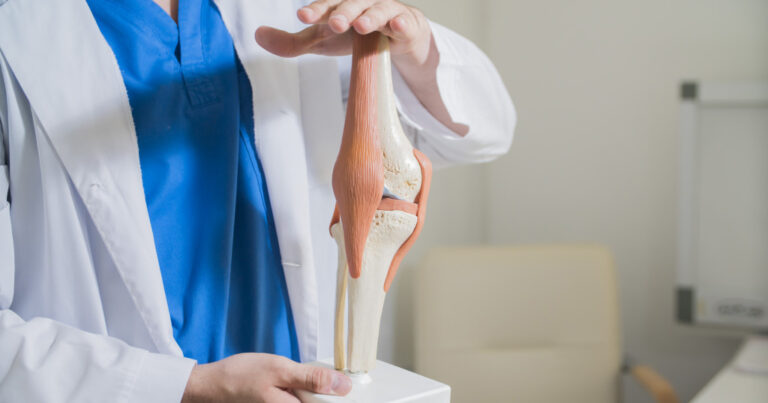The Must-Do Workout For People Who Sit All Day
This post may contain affiliate links, including from the Amazon Services LLC Associates Program, meaning I receive a commission for qualifying purchases made through these links, at no cost to you. Read my full disclosure for more info.
It’s not a surprise that having a lifestyle where you sit all day long does some unwanted things to our bodies. Being in the seated position for extended periods of time can cause numerous health problems such as cardiovascular disease and can contribute to type 2 diabetes.
Of course, that does not mean you’ll get cardiovascular disease just because you have a workday task that requires you to be seated; however, being seated all the time isn’t doing your body any favors.
Sitting all the time can also influence us physically. Sitting for long periods of time, especially with poor posture, makes your hip flexors tight, which triggers the glutes (butt muscles) to lengthen to compensate. With time, this endangers the gluteal muscle mass’s ability to function correctly, bringing about a problem called gluteal amnesia, AKA dead butt syndrome.
When your glutes can’t do their work, various other muscles in your body have to work harder, which ultimately can exhaust them, causing bad body posture and discomfort.
Tight hip flexors additionally make it harder for your hips to rotate appropriately – preventing movement in this area can trigger compression and discomfort in the lower back.

While it holds true that sitting for the majority of the day isn’t healthy, there are some methods available that will help undo the damage done by sitting. For starters, we advise standing up for at the very least 30 to 40 minutes a day.
A standing work-desk is a good choice as it will help you become more aware of your stance and get you to use your core muscles.
On top of that, finding the time to exercise when you’re off the clock can make a massive difference, specifically exercises that focus on strengthening the posterior (back) part of your body – your back, glutes, and hamstrings – while extending the front muscle-groups such as your hip flexors, pelvis, and chest.
This helps neutralize the rigidity that occurs when you’re seated, reinforcing the muscle mass that we need to maintain a healthy posture.
The following exercises are designed to strengthen the core, work the body’s posterior muscular tissues, work the legs, and help with proper pelvic and spine placement. Together these moves help to counter the imbalances caused by long periods of sitting such as office jobs where you sit all day.
Jump Rope
Or jumping jacks if you have no jump-rope.
Do one to five minutes depending on endurance level.
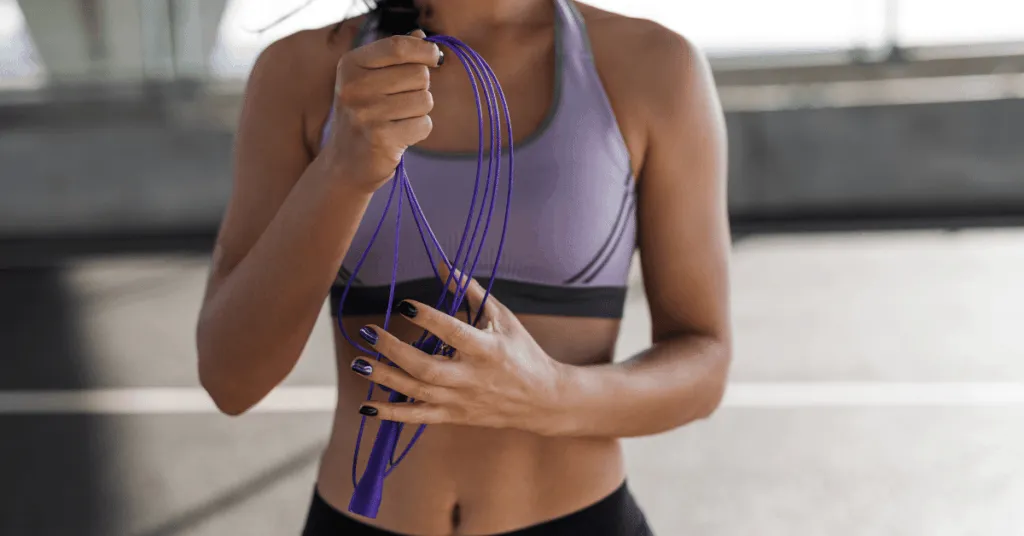
Dead Bug
20 reps per side, 40 total
This workout focuses on the core’s stabilizer muscle mass, such as the abdominal, spine, and back muscles.
- Lie on your back with knees bent and feet flat on the floor, about 1-foot in front of your hips.
- Press lower back and shoulders into the floor.
- Lift your arms straight into the air with your wrist above your shoulders. This is your starting position.
- Keep your right arm and left leg exactly where they are, then slowly reach your left arm backward, over your head, and toward the floor as you simultaneously extend your right knee and hip, reaching your right heel toward the floor.
- Move slowly and steadily, breathing in as you perform the extensions, avoiding any twisting or movement of your hips and abs.
- Stop the movement just before your arm and leg touch the ground.
- Move your left arm and right leg back to the starting position, and now do the movement with the opposite limbs (right arm, left leg this time).
Do each set 20 times for a total of 40 reps.
Tip: Don’t move too fast; take your time with each movement allowing the muscles to contract.
Plank
30-second hold (or up to 2 minutes if you have experience doing planks)
With planks, you’re working the complete body, especially the core muscles. It’s crucial to concentrate on having good pelvic positioning as well as not rounding the back.
- Place forearms on the floor with elbows aligned below shoulders and arms parallel to your body at about shoulder width. If flat palms bother your wrists, clasp your hands together.
- Hold your body in a very straight line keeping your abs and glutes contracted throughout.
- Try for 30 seconds to 2 minutes, depending on your endurance level.
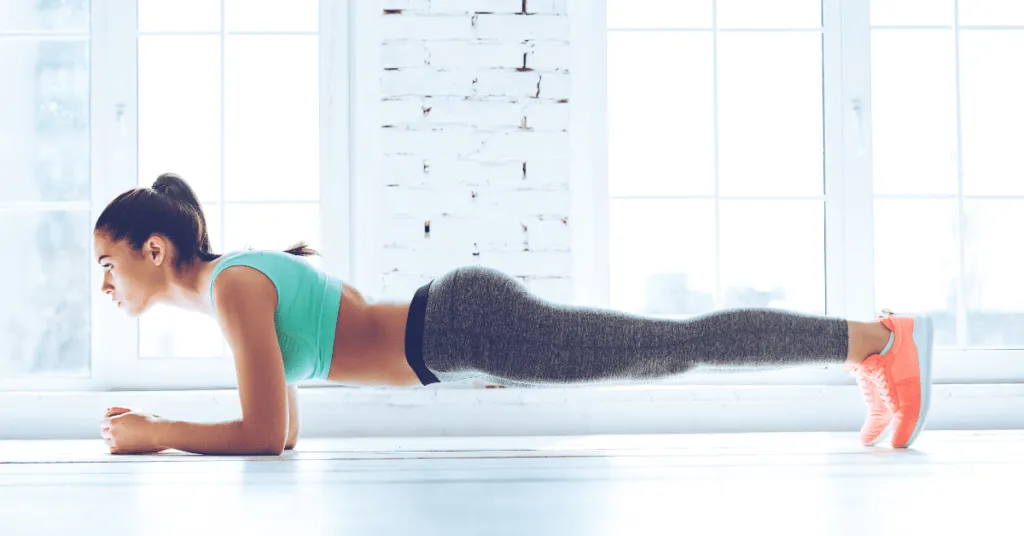
Body-Weight Squats
30 reps
- Stand with your feet shoulder-width apart.
- Lower your body until your thighs are parallel to the floor.
- Pause, then return to the starting position.
Repeat for 30 reps.
Single-Leg Bridges
12 reps per leg, 24 total
Single-leg bridges are a terrific way to engage the gluteus maximus (the largest glute muscle mass) plus the core and hamstring muscles.
- Lay on your back with your hands by your sides, your knees bent and feet flat on the floor. Make sure your feet are under your knees.
- Tighten your abdominal and buttock muscles.
- Raise your hips to create a straight line from your knees to shoulders. (angled up like a ramp)
- Squeeze your core and try to pull your belly button back toward your spine.
- Slowly raise and extend one leg while keeping your pelvis raised and level.
- Hold. Slow count – aim for a count of 15.
- Return to starting position.
Repeat, this time with the opposite leg.
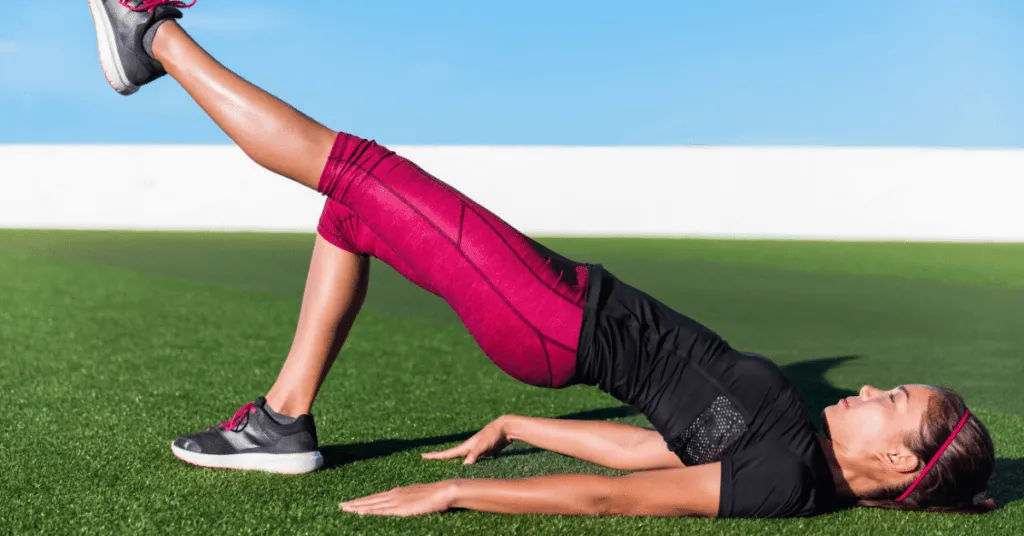
Final Thoughts
What are you waiting for?
Hop off your butt and up onto your feet to give this routine a try!
If you’re looking for a more intense workout, consider a HIIT routine, or this ten-minute intense workout and if you want a program that has a full diet and exercise routine that’s designed to melt fat fast, check out Good Fun Health’s 6-Week Fat Loss Bootcamp.



